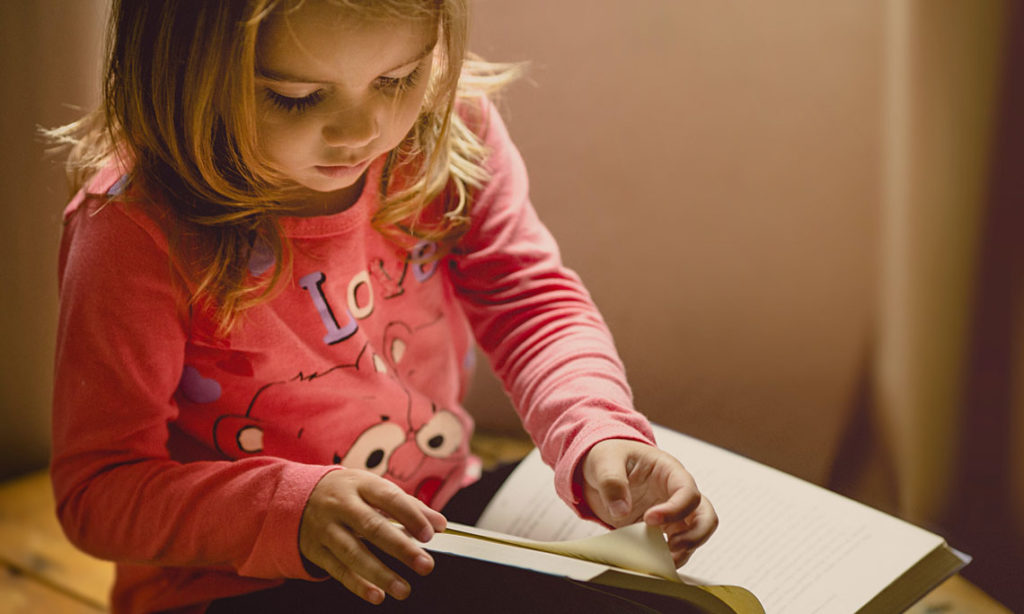
Children with social, communication and interaction difficulties may need extra help with developing social skills.
These include:
- Play skills – for example, taking turns in a game or sharing a toy
- Conversation skills – for example, choosing what to talk about or what body language to use
- Emotional skills – for example, managing emotions and understanding how others feel
- Problem-solving skills – for example, dealing with conflict or making decisions in a social situation
How to support your child to develop social skills
- Roleplay common social situations with your child.
Examples of conversation skills which can be role-played include:
- Greeting another child
- Greeting an adult
- Listening
- Asking questions of another child
- Responding to people’s questions
- Giving a compliment
- Asking a child to play with them
- Taking turns
- Sharing a toy
Practice these situations at home before trying them out in a more challenging situation, e.g., the playground, going to a new activity or visiting another child’s house
Roleplay with toys or use a special interest to ‘anchor’ practice, e.g., use characters from favourite tv show or elements from favourite video game to demonstrate the skills
Important tips to teach your child:
- Use good eye contact
- Use a friendly tone of voice
- Keep your body faced towards your friend
- Look interested in their opinion
- It’s okay to disagree nicely
- Be flexible if you don’t get your way
Sample roleplay for initiating a conversation or play with another child
Parent models the role of the child initiating.
- Smile and walk up to your child.
- Say your name and maintain good eye contact. Say something like “Hi, my name is Donna.”
- Ask your child what his name is and respond with a comment like “It’s nice to meet you.”
- Use a pre-planned conversation starter such as “What are you playing with?” or “What are you doing?”
- Respond to whatever response your child makes.
- Invite your child to play with you. Say something like “I’m going to play with my cars now. Would you like to play with me?”
Praise your child for his or her efforts, and encourage your child to maintain good eye contact with you during this exercise. Talk about ways to start a conversation with others such as asking them what they are doing or talking about an interest they might have like sports or a hobby.
If your child learns best by using images and words, consider making a chart or poster of the written conversational starter with a matching image.
How to support your child's emotional regulation
- Focus on calming first during a meltdown or in a situation in which the child is very anxious
- Avoid trying to reason with the child or questioning on reasons for upset during meltdowns
- If the child has a special interest, e.g., particular Youtube videos or programmes or topics, then this can be used as a distraction at times of distress or loss of control
- Visual aids can help children to remember things that they can do to calm down when they are feeling a certain emotion
- Visual aids can help children to identify the emotion which they are feeling and the intensity of the emotion
- When your child is calm, help them to label their emotions by suggesting possible feelings
Feelings Toolbox:
This is a collection of “tools” specific to your child. The Feelings Toolbox contains objects and reminders for helping children to calm themselves down as well as “tools” that help them to deal with problems.
This can be a physical box with objects, for example, sensory calm-down objects, or a favourite book, or visual reminders of “calm-down” activities, for example, a favourite song, a physical activity the child enjoys, a picture of their pet, as well as visual reminders of things that the child can do to solve a problem.
Social Stories
Social Stories are useful in supporting children with social communication and interaction difficulties with anxiety and other difficulties in emotional regulation.
https://www.autism.org.uk/about/strategies/social-stories-comic-strips.aspx
Writing simple stories with pictures or symbols that explain what will happen in a particular situation, e.g., going to a birthday party, going to the dentist, a new teacher in school, and reading through them ahead of time can make the situation more predictable for a child and reduce their anxiety. Social stories aim to improve understanding of social situations and encourage appropriate responses.
Social stories should be used in a positive way – they are not about discipline. A social story needs to have a title, introduction, body and conclusion and should use patient and supportive language. It should answer six questions: where, when, who, what, how and why?
If you (or your child) like using computers, there are examples of Social Stories for different situations available on the Autism Speaks website. These can be edited to suit your child and the situation. https://www.autismspeaks.org/social-skills-and-autism
